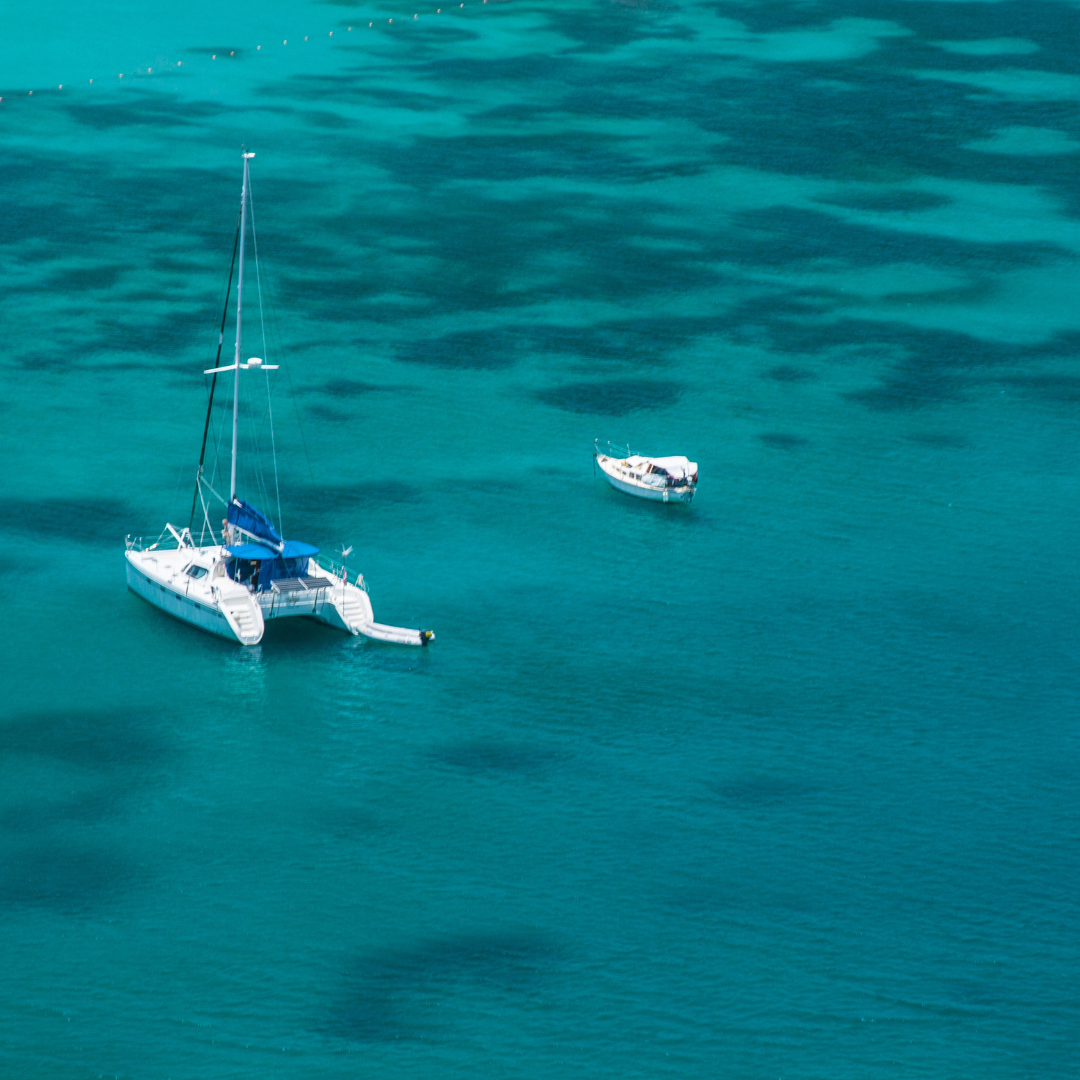The Pitons: A Sailing Adventure to Saint Lucia’s Iconic Landmarks

In the heart of the Caribbean, caressed by azure waters and kissed by golden sun, lies an island that promises an adventure like no other. Saint Lucia, a paradisiacal gem, draws countless souls to its shores, but it’s not just the allure of its white-sand beaches or its tropical rainforests. Two magnificent peaks, piercing the skyline, beckon adventurers from afar. The Pitons, Gros and Petit, are not just geographical landmarks; they are symbols of Saint Lucia’s spirit, its history, and its unique Caribbean charm. As we embark on this journey, sailing through the tranquil waters towards these iconic peaks, we’ll unravel the tales they hold and the enchantment they’ve bestowed upon every wanderer.
The Majesty of Gros Piton and Petit Piton
Gros Piton and Petit Piton are more than just towering peaks; they are the heart and soul of Saint Lucia. Standing tall at 798 meters and 743 meters respectively, these volcanic plugs serve as silent sentinels, guarding the history, myths, and dreams of the island. Their silhouettes against the Caribbean skyline are not only a sight to behold but also an emblem of the island’s resilience and timeless beauty. Indigenous tales abound with references to these peaks, often attributing them mystical powers or treating them as revered guardians. Even today, as the modern world advances, the majesty of these twin wonders remains undiminished, continuing to captivate the hearts and souls of visitors from around the world.
Anchoring Near the Pitons: Best Spots and Tips
Sailing in the shadow of the Pitons is an experience like no other. The cerulean waters, reflecting the towering peaks, promise serene anchorage spots. Jalousie Bay, cradled between the two mammoth structures, is perhaps the most sought-after. Its calm waters, complemented by the breathtaking backdrop, provide an anchoring experience that’s both safe and surreal. However, sailors should be conscious of the marine reserve rules. It’s crucial to avoid damaging the delicate coral ecosystems below. Opt for established mooring buoys, and always be vigilant of the depth, ensuring that the anchor doesn’t drag and damage the seabed.
Geological Wonders: The Formation and History of the Pitons
Carved by the hands of nature over eons, the Pitons tell a tale of volcanic fury and geologic artistry. Over 200,000 years ago, as molten lava surged from the Earth’s core, these volcanic plugs were born, solidifying before they could breach the surface. The passage of time, combined with wind, rain, and the relentless Caribbean sun, further sculpted their distinct shapes. Nearby, the presence of sulphur springs provides a tangible link to the island’s fiery origins, serving as a reminder of the potent forces that once dominated this landscape.
Hiking Trails: Exploring the Pitons from Land
While the view from the sea is undeniably mesmerizing, there’s a different kind of magic awaiting those who tread the paths leading up the Pitons. A hike up Gros Piton, although strenuous, is a journey of discovery. As you ascend, the flora and fauna native to Saint Lucia unveil themselves, each turn offering a new vista, a fresh perspective. Petit Piton, while less frequented due to its steep nature, promises an equally rewarding experience. Engaging a local guide is recommended, not just for safety but also to delve deep into the folklore and ecological wonders these mountains hide.
Panoramic Views: Capturing the Best Vistas
The Pitons, with their imposing stature, dominate Saint Lucia’s landscape from almost every vantage point. But some spots, like the Tet Paul Nature Trail or the heights of Morne Fortune, offer views that seem straight out of a painter’s dream. Sunrises and sunsets, in particular, cast the Pitons in hues of gold, crimson, and lavender, creating moments that beg to be captured. Photographers and nature enthusiasts find themselves returning, time and again, to these viewpoints, each visit revealing a new facet of the Pitons’ grandeur.
UNESCO World Heritage Status: Recognizing Natural Beauty
The year 2004 was a landmark for Saint Lucia and the Pitons. Garnering a UNESCO World Heritage status was not just an accolade; it was a global recognition of their natural beauty and ecological significance. This esteemed status amplifies the call to preserve and protect these geologic wonders. As stewards of such unparalleled natural beauty, it becomes a collective responsibility to ensure that the splendor of the Pitons remains untarnished for generations to come.
Surrounding Attractions: Sulphur Springs and Nearby Villages
Venturing beyond the shadows of the Pitons, one stumbles upon the bubbling cauldron of the Sulphur Springs. Dubbed the Caribbean’s only drive-in volcano, these springs provide a sensory experience, from the scent of sulphur to the warmth of the mineral-laden waters. A stone’s throw away, the villages of Soufriere and Choiseul offer a cultural tapestry that’s vibrant and rich. Here, amidst bustling markets and quaint streets, the spirit of Saint Lucia comes alive, as tales of old merge seamlessly with the dreams of the future.
In the embrace of the Pitons, one finds a world that transcends the ordinary. Their silent watch over Saint Lucia speaks of ages gone by, of legends woven into the very fabric of the earth, and of nature’s unparalleled grandeur. As we sail away, the silhouette of the Pitons on the horizon remains etched in our memories, a testament to the indomitable spirit of the island and its people. Saint Lucia, with its iconic landmarks, promises a journey that lingers in the heart, long after the sails have been lowered.


